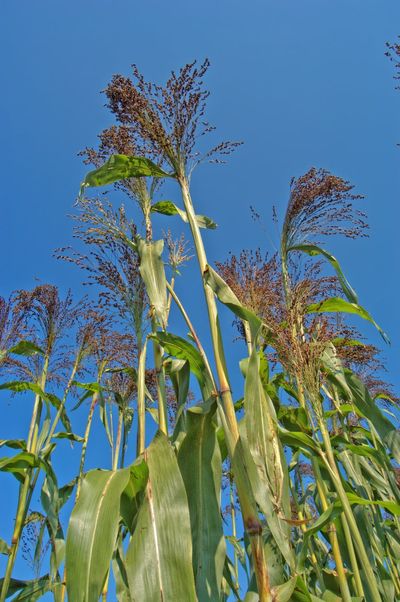What is Broomcorn?
In addition to more traditional brooms, the broomcorn plant was also used for whiskbrooms, a short, hand broom that may still be used occasionally for small chores. Many brooms are replaced these days with some type of small, electronic sweeping device or with a sweeper product that grabs dust, dirt, and hair. But, just in the previous century, brooms were regularly used as a cleaning device. Many people grew their own broom straw and made their own brooms. The crop was measured by how many hundreds of brooms it produced. It was a type of sorghum used exclusively for making brooms and whiskbrooms until these became less necessary. Now, broomcorn uses are largely for decorative products. This sorghum differs from others in that the stalks have little value as livestock feed. Seeds have an equal value with oats.
Broomcorn Uses
Broom straw, while no longer as much of a household necessity, has found new, interesting uses. Baskets and autumn arrangements benefit from the long fibers. Witches’ brooms, often used in Halloween and autumn displays, are made from raw, broom straw. It takes approximately 60 heads (sprays) to make a broom. Floral arrangements and wreaths need even less of the sprays. When purchasing broomcorn, you’ll find it in natural hues and dyed with fall colors. Broomcorn growing is simple and can provide materials for the items mentioned above. If you have the inclination for DIY decorative broomcorn items, and the room to plant a crop, get started in late spring.
How to Grow Broomcorn
Growing broomcorn is similar to growing a crop of field corn. Broomcorn is flexible to grow in different soils and tolerates heat and drought. The best quality of this crop grows on silty, loamy soils that are well-draining, moist, and fertile. Preparing beds for an entire crop includes “plowing, disking, and double harrowing” of the soil. Locate plants six inches (15 cm.) apart in rows that are at least a foot (30.5 cm.) apart. If you don’t have a field, but wish to grow a few plants, try them in a sunny spot in your garden or around your yard. Plant seeds of broomcorn in spring. Broomcorn plant care involves pest control and harvesting at the right time. This is after the seedpods are developed. Dry harvested plants before using them in crafts.
